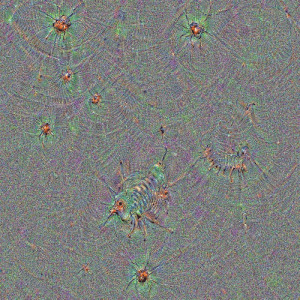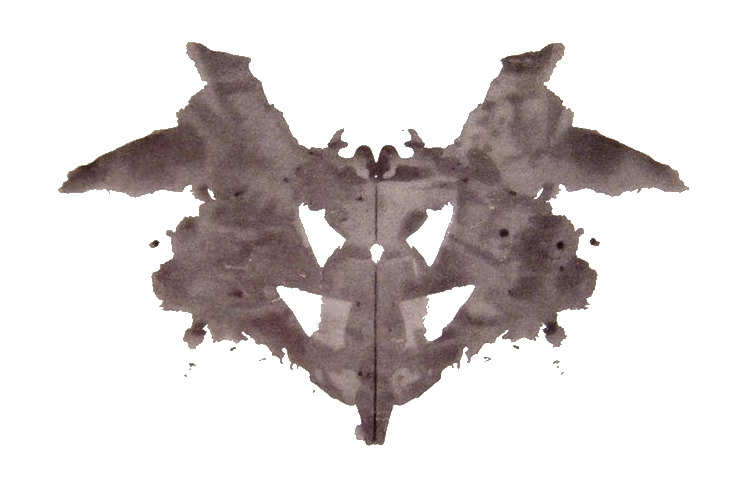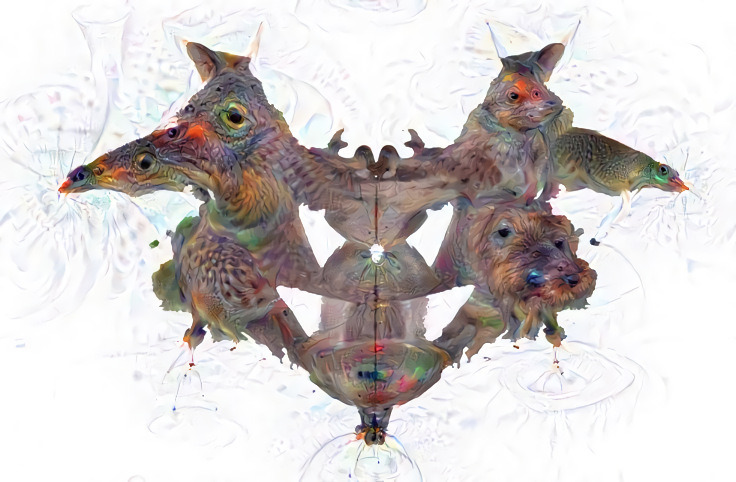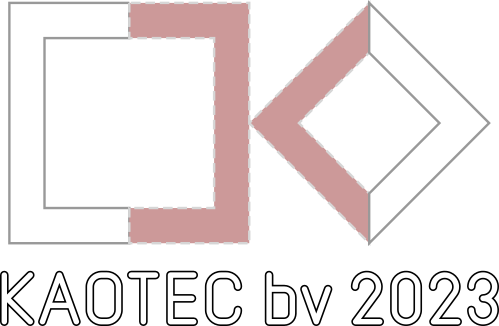(2017)
Design Modelling symposium
Paper (download) and keynote (slides)
How can we shape data so that it helps us as designers. How can seemingly random noise evoke emotions and look nice? Apparently designers can guide data to take pleasing shapes. How to look at data, what are strategies to process it and why is live interaction key to better understand what the data means? We will also look at how designers can make use of data processing to support a creative process.
As part of the research, I started experimenting with AI deep dream image generators to see how a designer could use them in design processes and what the implications are.


What happens if you feed random data into a deepdream cluster? It finds odd looking shapes in it. What can this mechanism teach us about computers? What are they good at, what can we trust them with? How can they support design processes? In the talk I segmented the interaction processes in 4 categories based on dynamic response of process and data.

The first of the ten cards in the Rorschach test (H. Rorschach 1921)

A Rorschach test fed into a deep dream simulator. Made in 2017 I was already questioning the psychology of the AI using art. I made it available as NFT on HeN in 2021 https://objkt.com/asset/hicetnunc/37869
